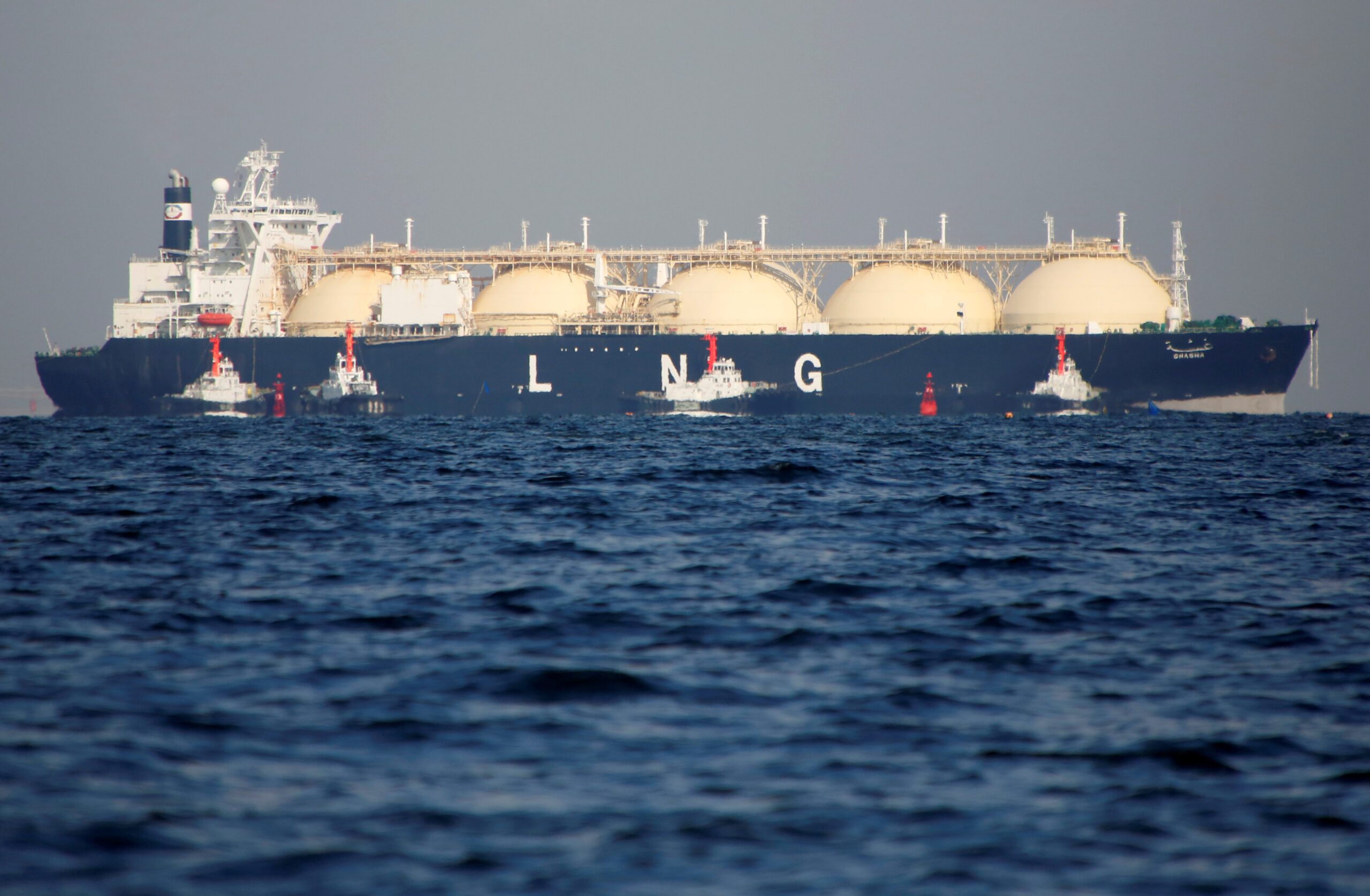


East Asia is grappling with significant energy security challenges, primarily due to its heavy reliance on maritime energy imports. Countries like Taiwan, Japan, and South Korea are particularly vulnerable to potential disruptions, such as Chinese naval blockades, which could threaten their energy supplies. In response, the People's Republic of China (PRC) is actively enhancing its energy security by increasing domestic renewable energy production and reducing its reliance on imports [90f4483d].
The role of US liquefied natural gas (LNG) in bolstering East Asia's energy security is becoming increasingly critical. By the end of 2025, US LNG export capacity is expected to reach 9.4 million metric tons per month. Currently, only 11% of East Asia's LNG imports come from the US, indicating a significant opportunity for growth. Increasing US LNG imports could help replace supplies from traditional sources like Qatar and Russia, thereby diversifying the region's energy supply and reducing emissions [90f4483d].
China's ongoing efforts to enhance its energy security through renewable energy initiatives highlight the need for immediate action in East Asia to mitigate energy vulnerabilities. The potential for US LNG to strengthen energy security in the region is not only about supply but also about enhancing deterrence against PRC aggression. As the geopolitical landscape evolves, the importance of US LNG in East Asia's energy strategy cannot be overstated [90f4483d].
In parallel, China's natural gas consumption is projected to increase significantly, with a 6.5% rise expected in 2025, reaching approximately 456 billion cubic meters (bcm). This follows an 8.4% increase in 2024, where consumption hit 428 bcm. Domestic production also rose to 246.4 bcm, a 6% increase, while imports surged by 9.9% to 182 bcm, with LNG imports from the US seeing a remarkable 53.2% increase [e619c951].
China's natural gas sector continues to expand, with the country emerging as the world's largest LNG importer and the second-largest reseller. The operational launch of Guangdong Energy Group's $1 billion LNG terminal in Huizhou and the extension of Total Energies' LNG deal with China National Offshore Oil Corporation until 2034 are notable developments in this regard. China's gas imports averaged 16 billion cubic feet per day in 2023, and the Power of Siberia pipeline is set to enhance its energy security further [2d00e44f].
However, the growth of China's gas sector is moderating as the country increasingly turns towards renewable energy sources. Balancing the use of natural gas with the rise of renewables presents a significant dilemma for China as it navigates its energy future. The ongoing developments in LNG infrastructure and international partnerships will play a critical role in shaping China's energy strategy in the coming years [2d00e44f].